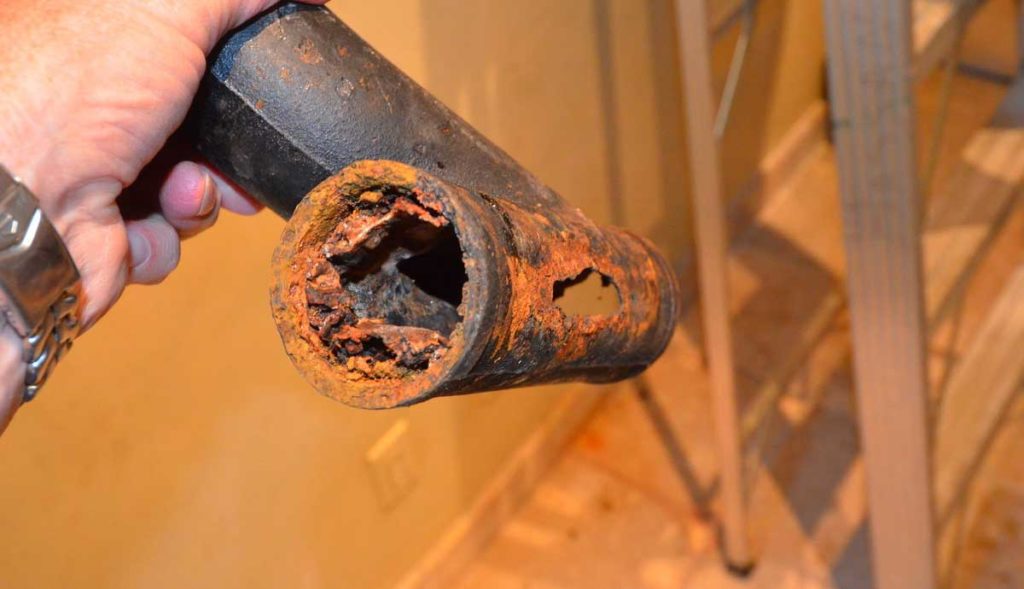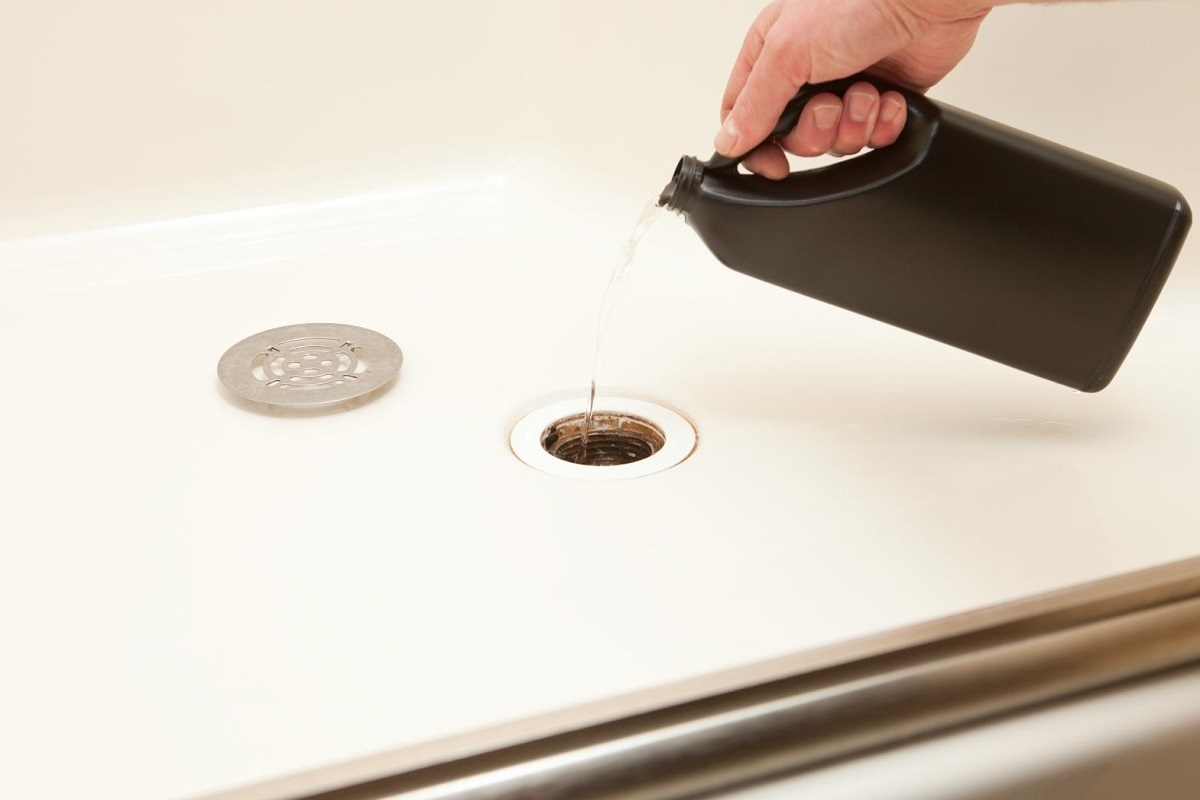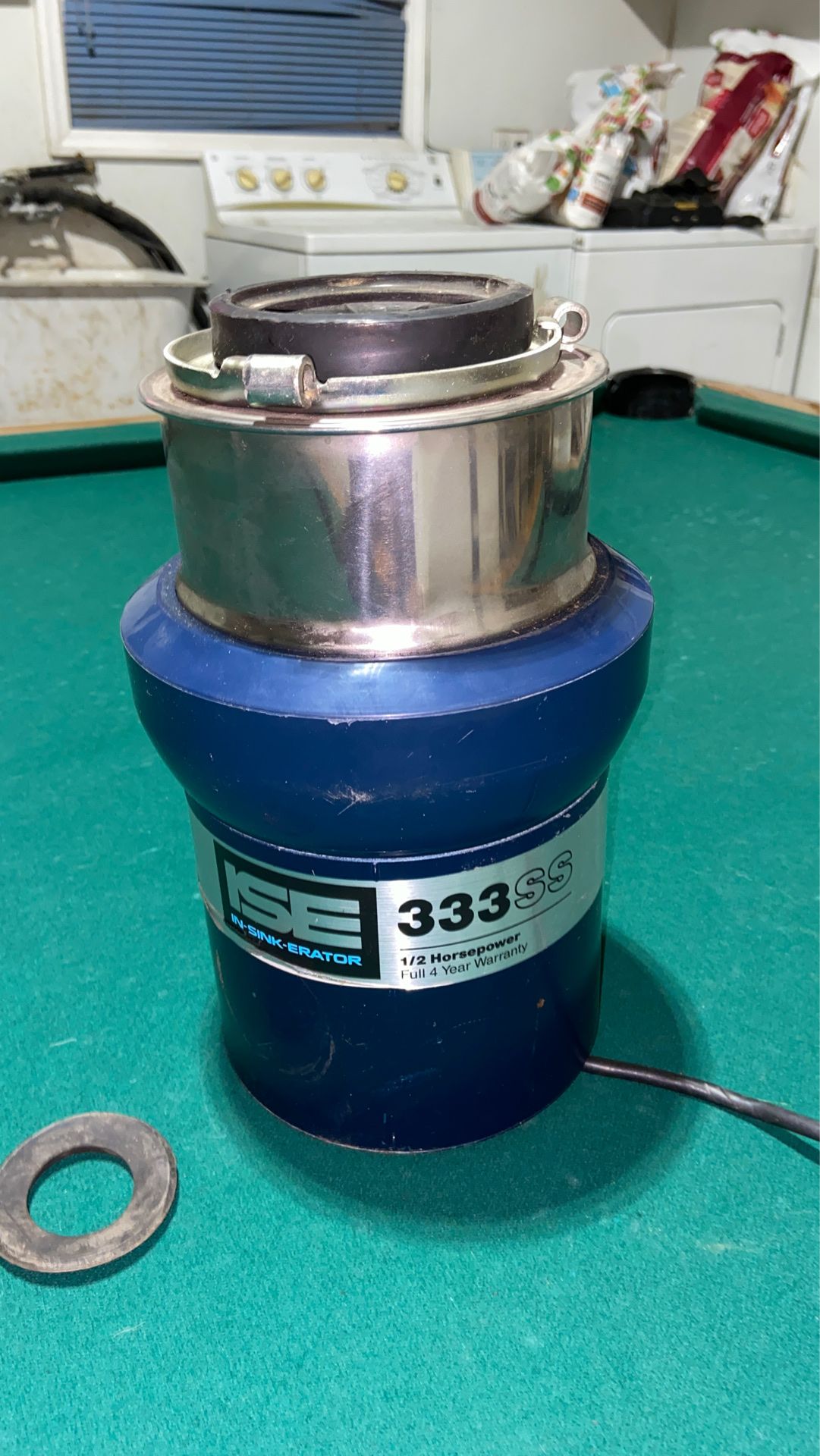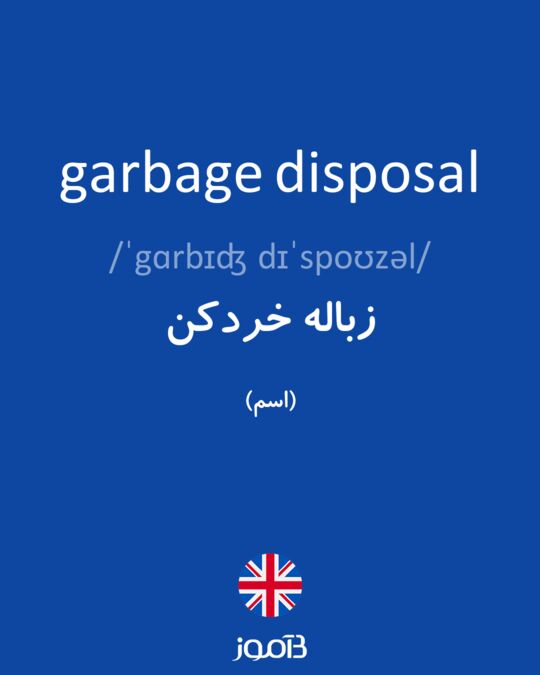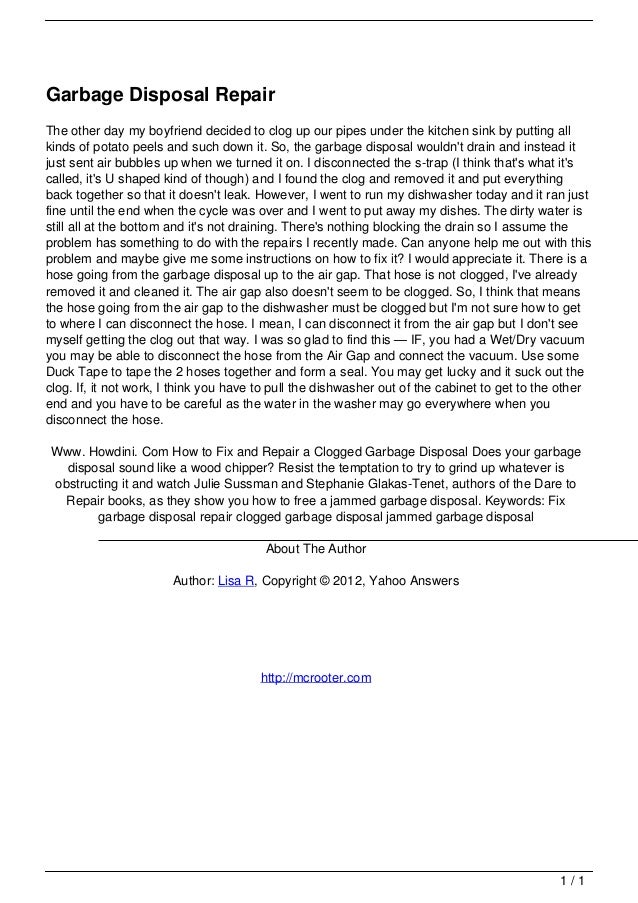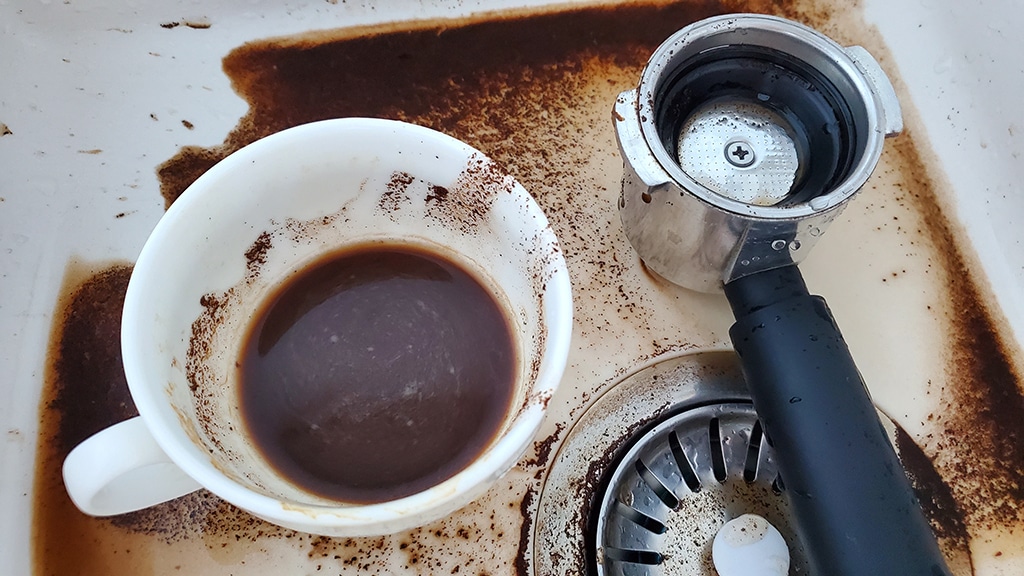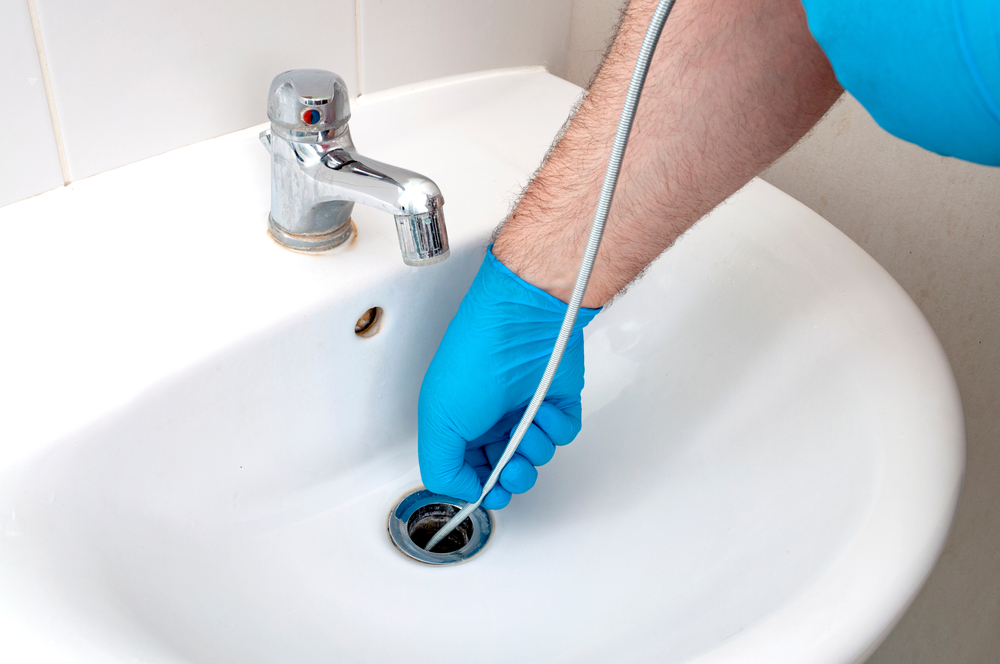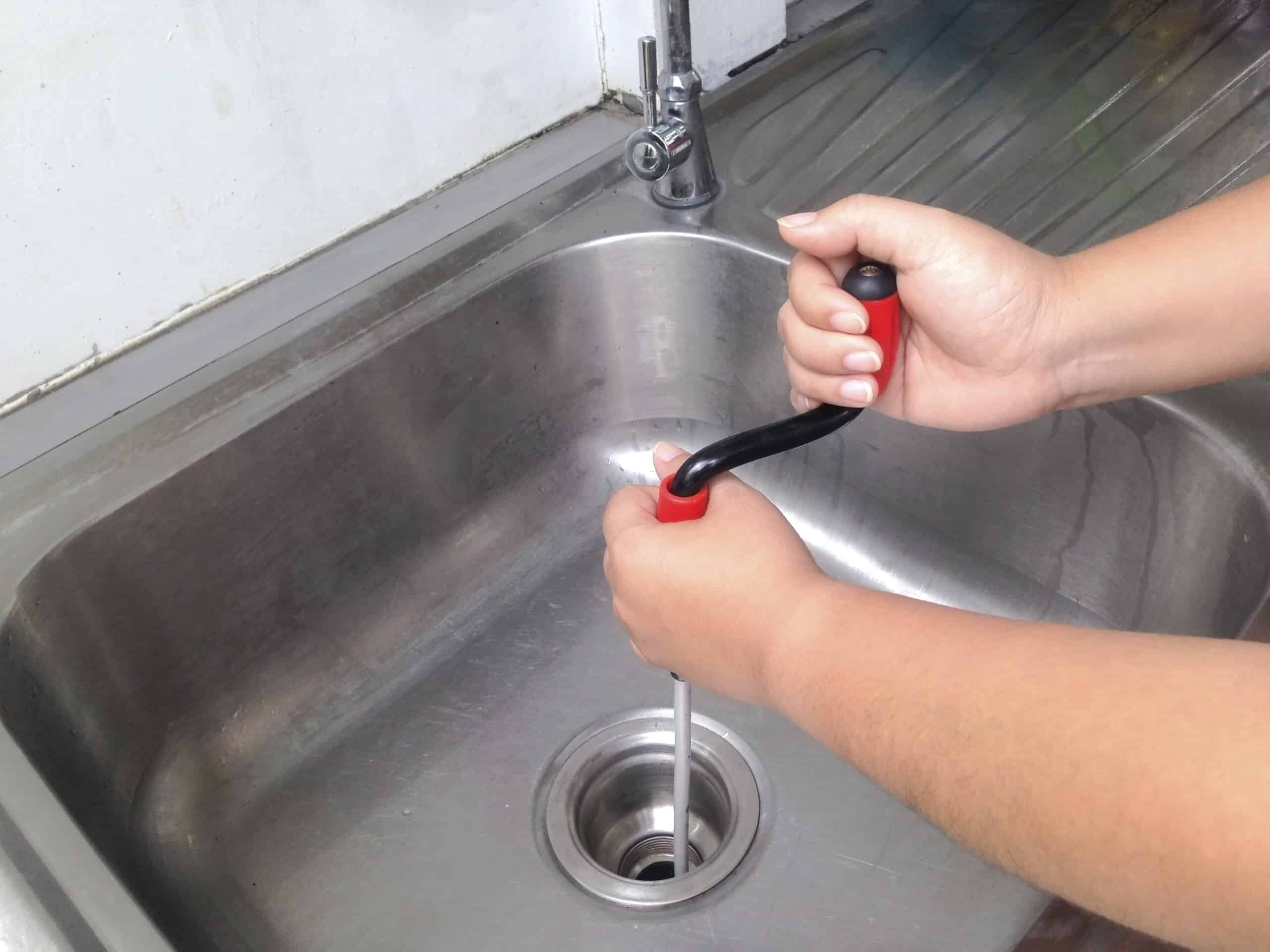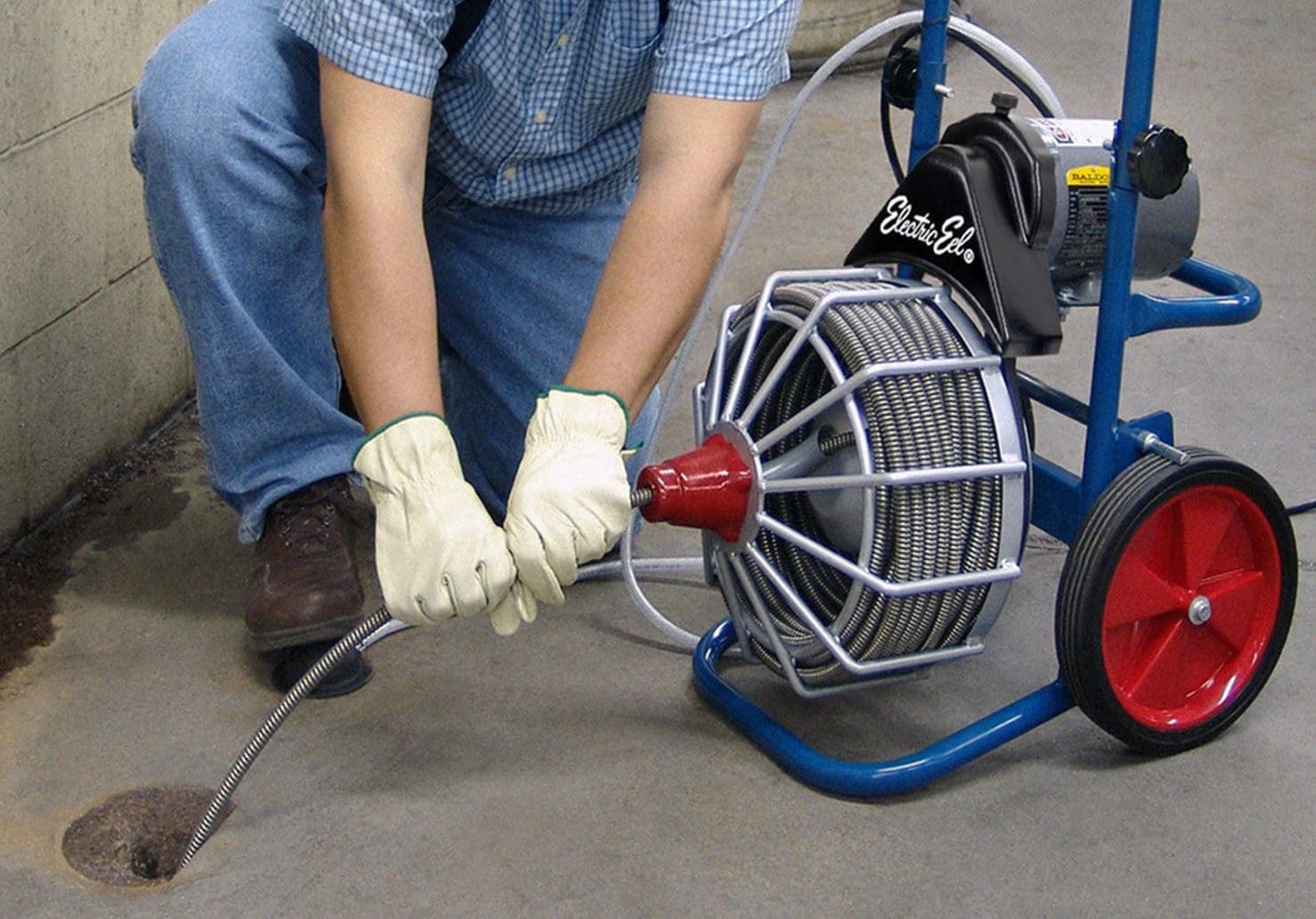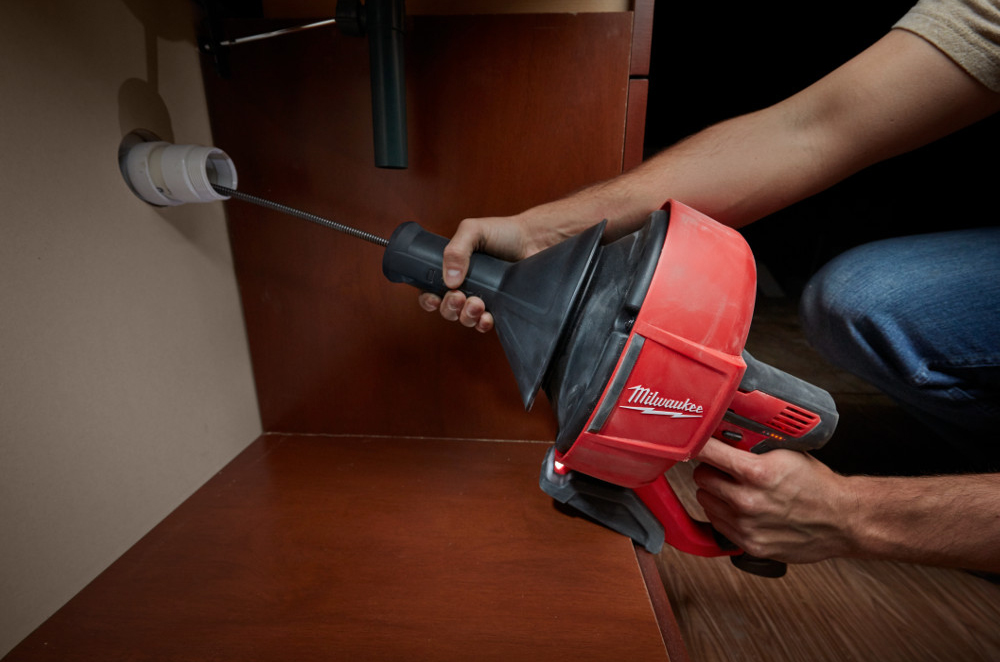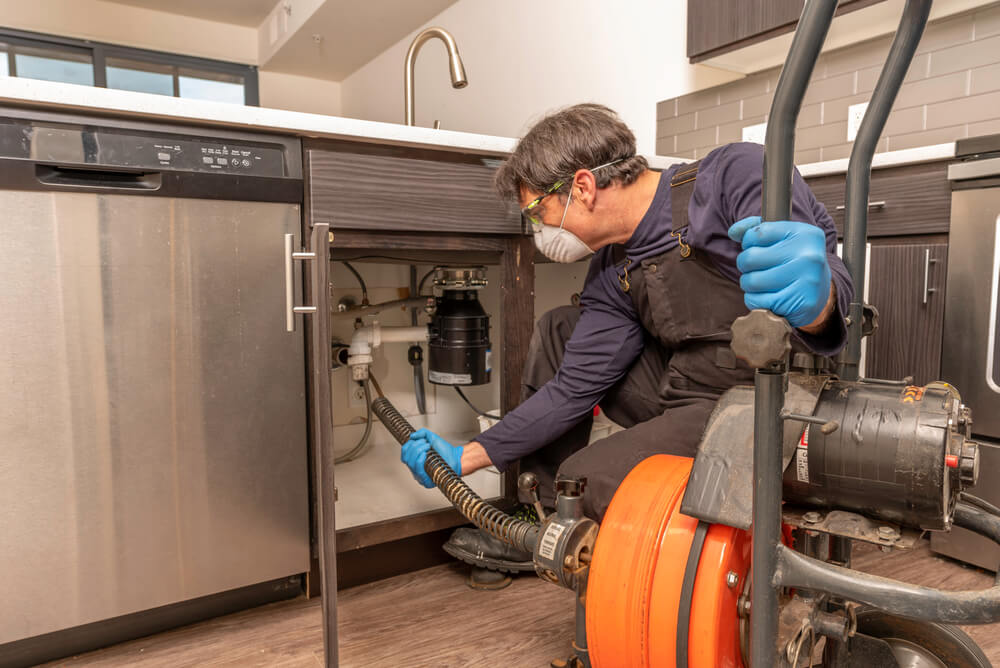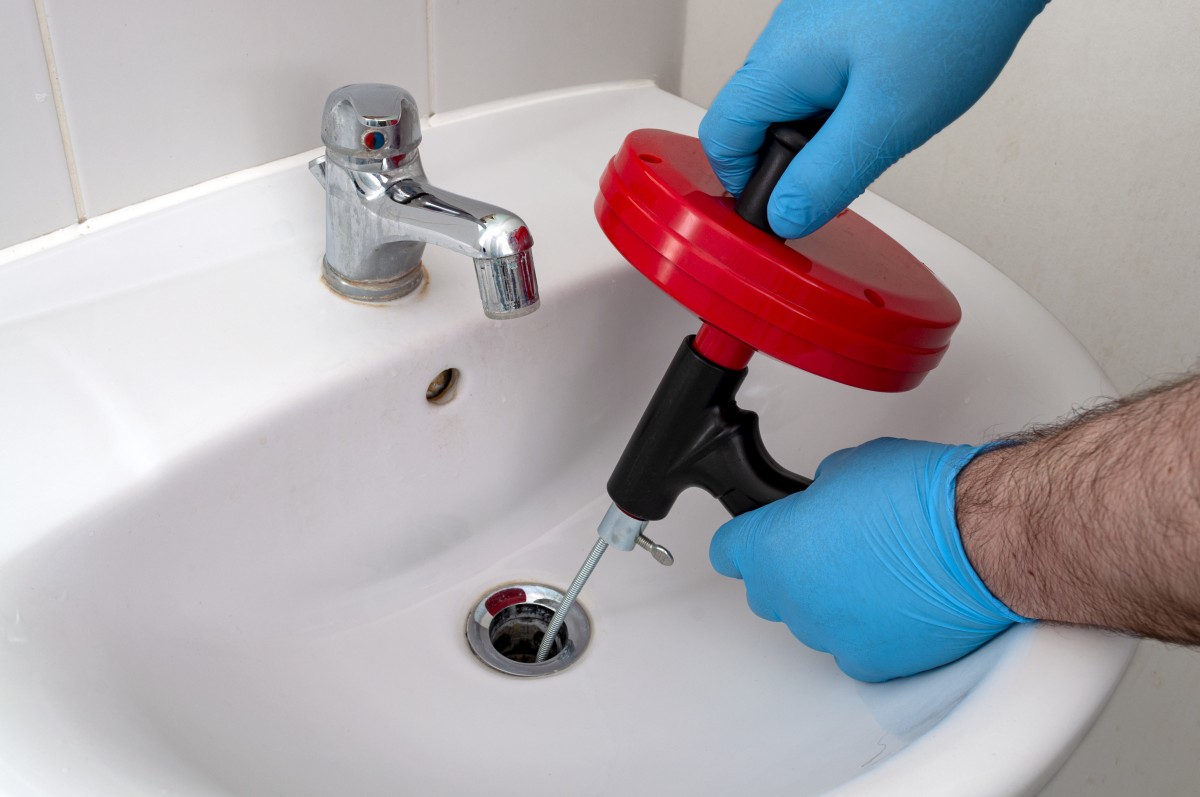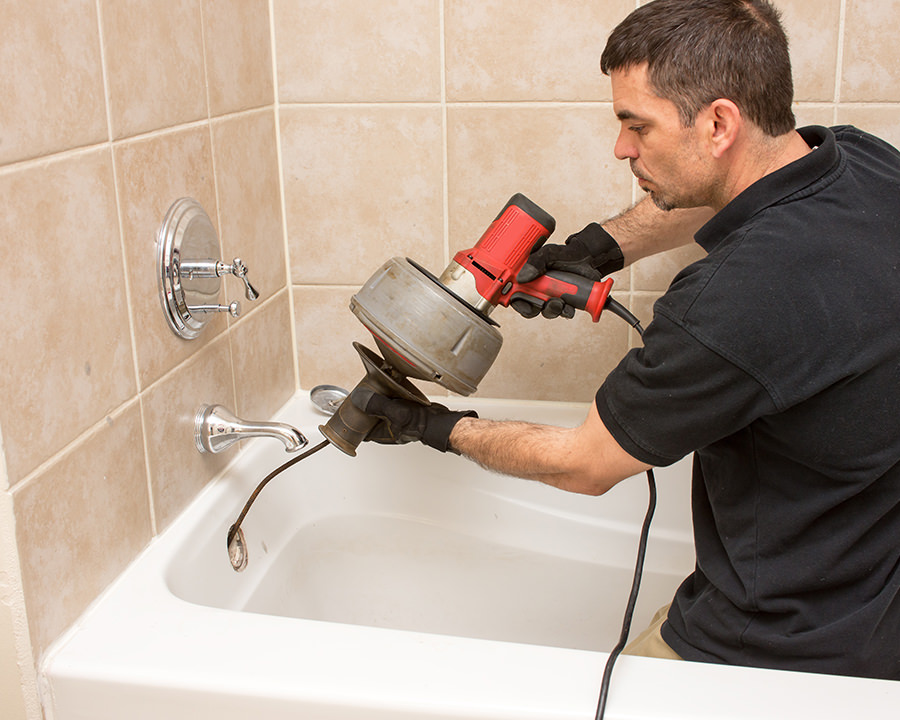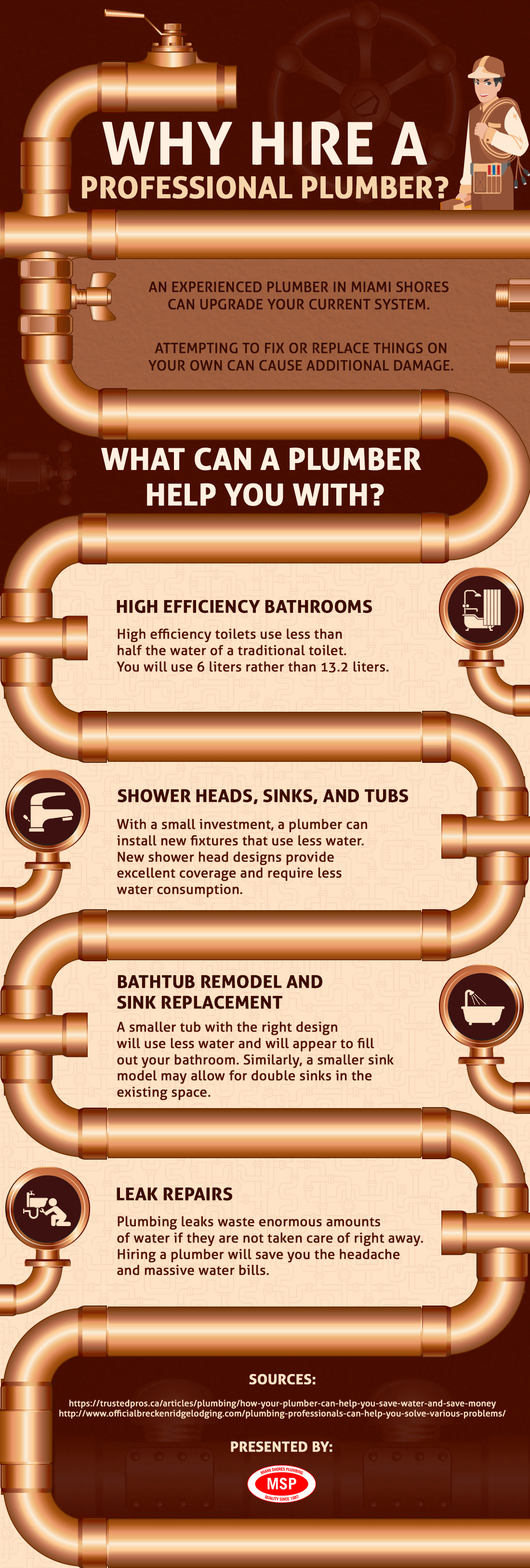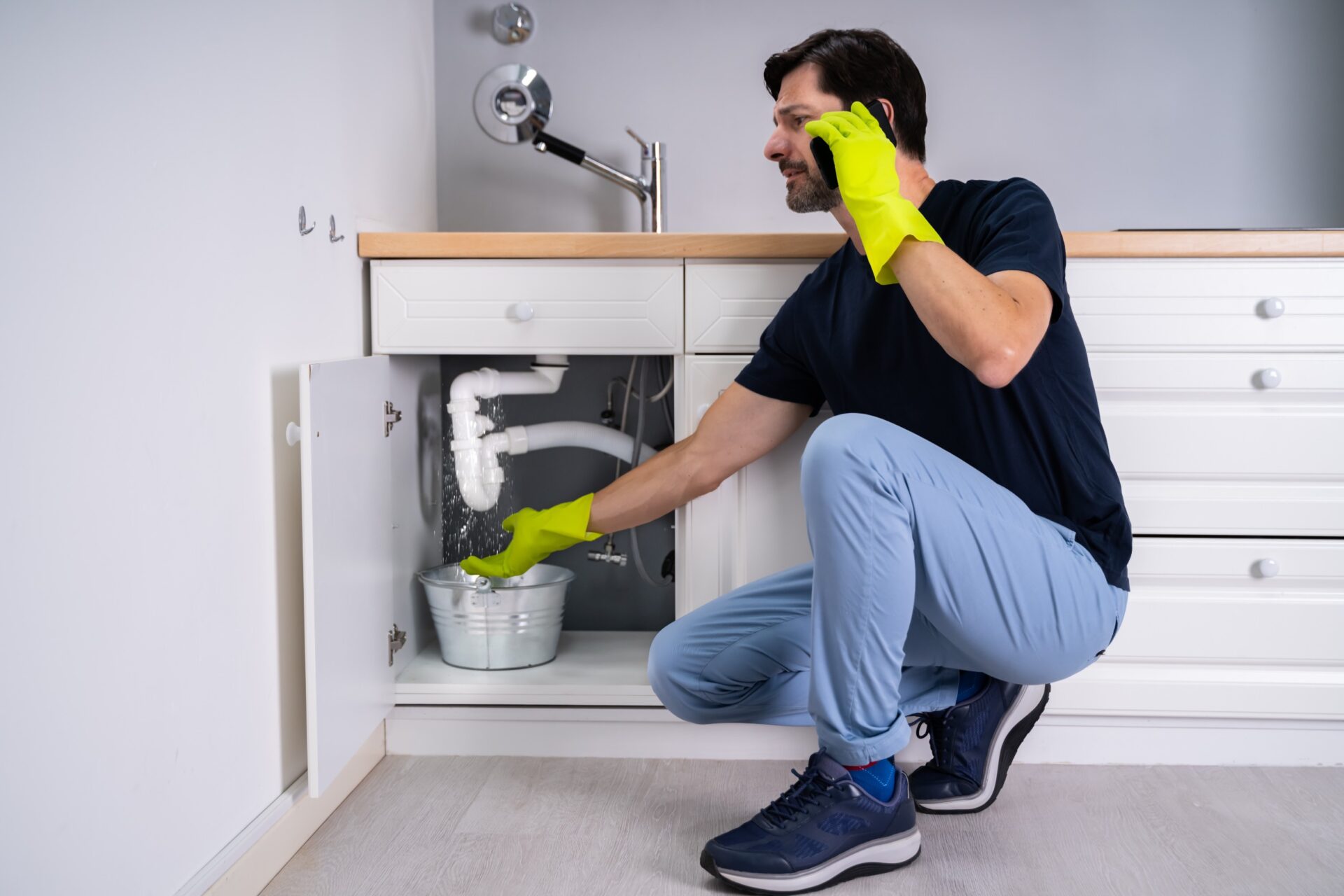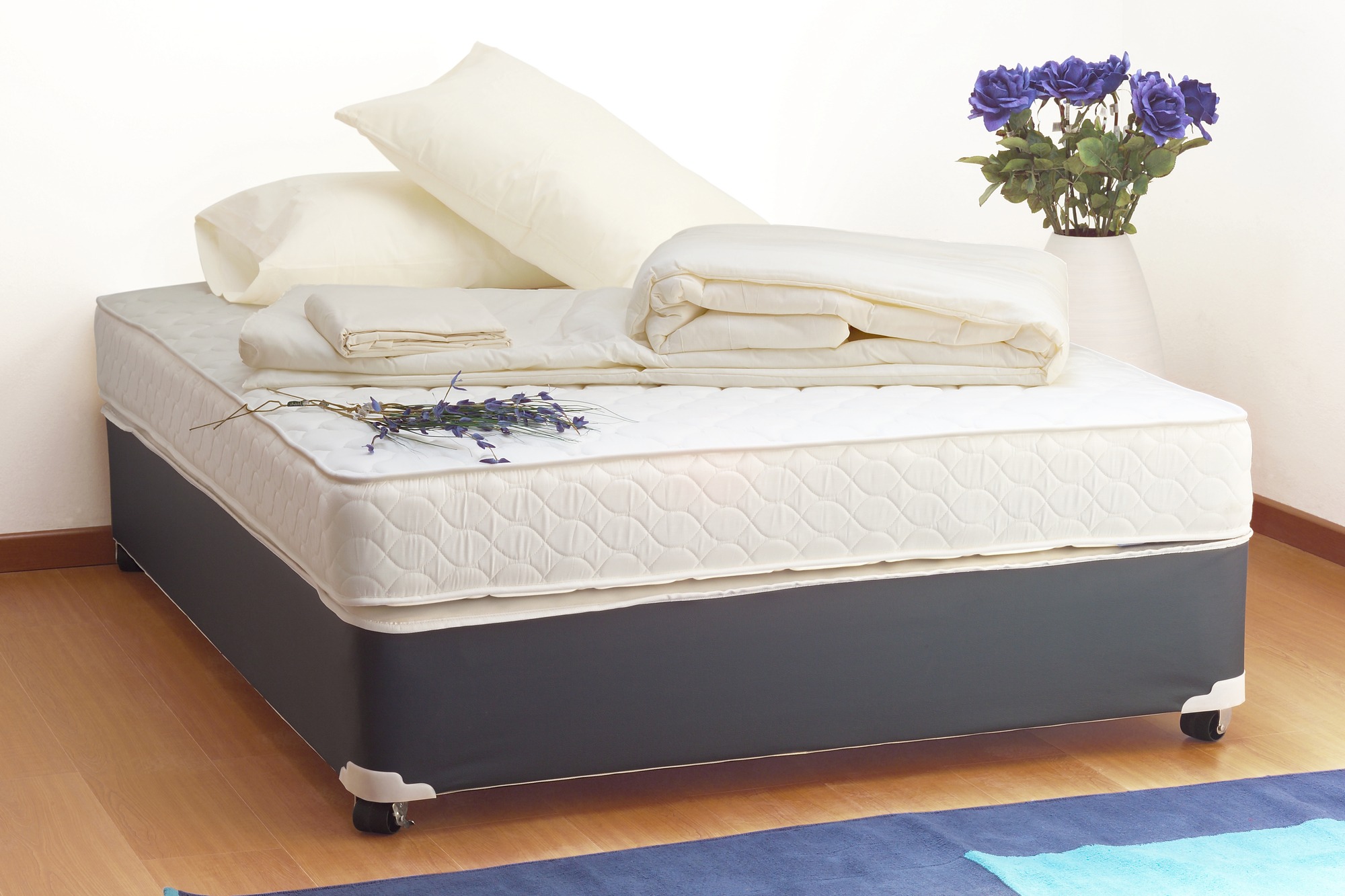When dealing with a clogged kitchen sink with a disposal, one of the first methods you can try is using a plunger. This common household tool is effective in removing blockages caused by food debris, grease, or other materials. To use a plunger, make sure there is enough water covering the drain and create a seal with the plunger over the drain. Then, push and pull the plunger vigorously to create suction and dislodge the clog.1. Using a Plunger
Baking soda and vinegar are natural cleaning agents that can also be used to unclog a kitchen sink with a disposal. Start by pouring a cup of baking soda down the drain, followed by a cup of vinegar. The mixture will create a foaming reaction that can help loosen and remove the clog. Let it sit for a few minutes before pouring hot water down the drain to flush out the debris.2. Baking Soda and Vinegar Method
If the clog is caused by grease or oil buildup, pouring boiling water down the drain can help dissolve and flush out the blockage. This method is simple and can be done by boiling a pot of water and carefully pouring it down the drain. Repeat this process a few times until the water drains freely.3. Boiling Water Method
If the clog is stubborn and cannot be removed with a plunger, you may need to use a drain snake. This tool, also known as a plumber's auger, can be inserted into the drain and used to break up and remove the clog. You can purchase a drain snake at most hardware stores or rent one from a home improvement store if you don't want to invest in one.4. Using a Drain Snake
The P-trap, a curved pipe under the sink, can easily become clogged with debris and cause a backup in your kitchen sink. To unclog it, you'll need to remove the P-trap and clean it out. First, place a bucket or large bowl under the P-trap to catch any water or debris. Then, unscrew the slip nuts on either end of the P-trap and remove it. Clean out any debris and then reattach the P-trap.5. Removing and Cleaning the P-trap
If you have a wet/dry vacuum at home, you can use it to suck out the clog from your kitchen sink with a disposal. Make sure to create a seal around the drain with the vacuum and use it on the highest setting to generate enough suction. This method can be effective in removing tough clogs, such as large food particles or foreign objects.6. Using a Wet/Dry Vacuum
If the above methods don't work, you can try using a chemical drain cleaner to break up and remove the clog. However, these products can be harsh and damaging to your plumbing, so use them as a last resort and follow the instructions carefully. Also, be cautious when using these products if you have a septic system, as they can be harmful to the bacteria that break down waste in the tank.7. Using a Chemical Drain Cleaner
If your kitchen sink has a disposal, the clog may be located in the disposal itself. Before trying any other methods, shut off the power to the disposal and check for any visible clogs or objects that may be causing the issue. You can use a pair of tongs or pliers to remove any debris, and then run the disposal with cold water to flush out any remaining blockages.8. Checking the Garbage Disposal for Clogs
If a regular drain snake doesn't work, you may need to use a plumber's snake to reach deeper into the pipes and remove the clog. This tool is longer and more flexible than a regular drain snake, and can be maneuvered through the pipes to reach the clog. If you're not comfortable using this tool, it's best to call a professional plumber to avoid causing further damage.9. Using a Plumber's Snake
If all else fails, it's time to call in the experts. A professional plumber has the knowledge, experience, and tools to effectively unclog a kitchen sink with a disposal. They can also diagnose any underlying issues that may be causing recurring clogs and make necessary repairs. While it may seem like an added expense, hiring a professional can save you time, frustration, and potentially costly repairs in the long run. In conclusion, unclogging a kitchen sink with a disposal can be a messy and frustrating task, but with the right methods and tools, it can be done effectively. Remember to always use caution and follow instructions carefully when using any chemicals or tools. And if the clog persists, don't be afraid to call a professional for assistance.10. Calling a Professional Plumber
Additional Tips for Unclogging a Kitchen Sink with a Disposal
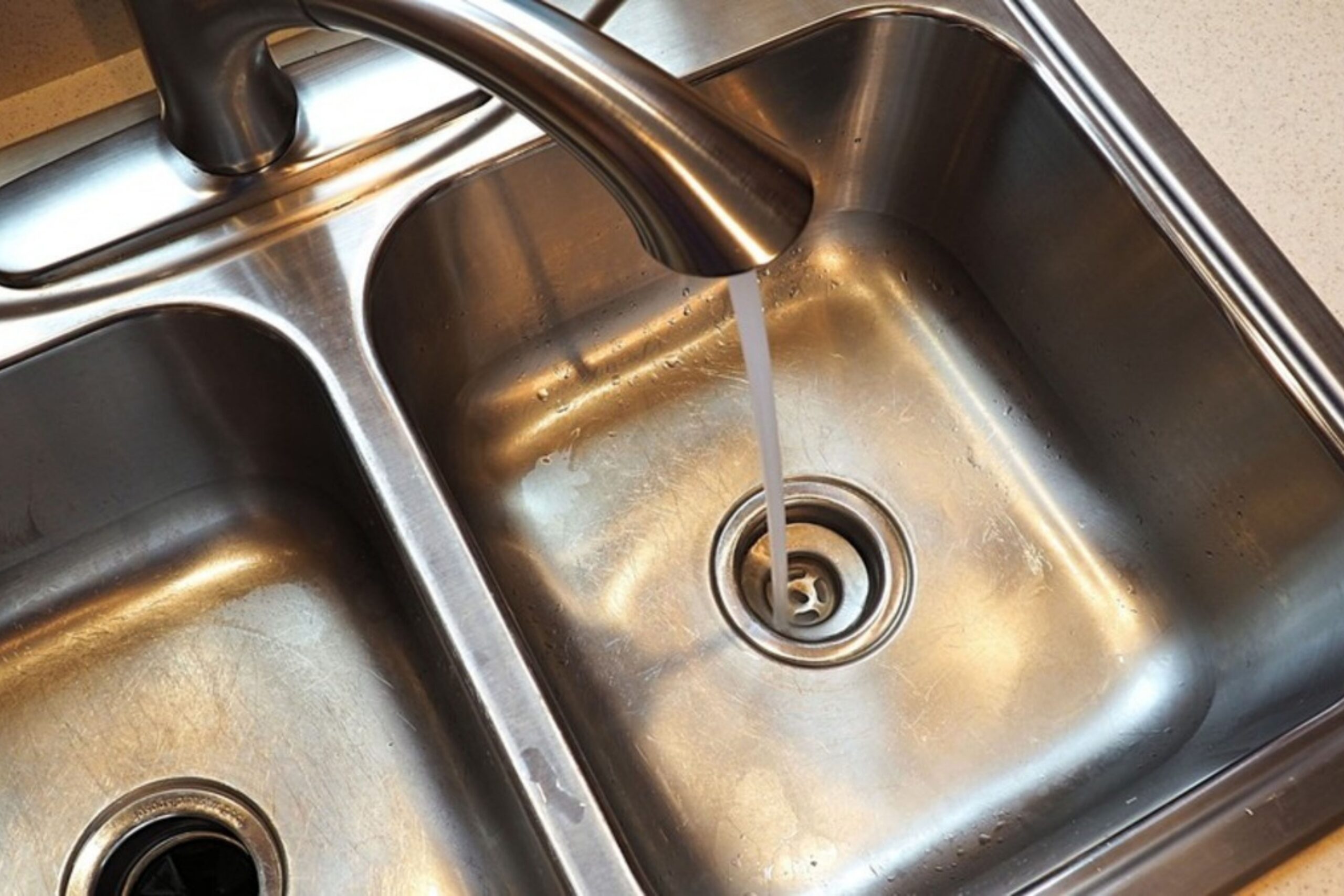
1. Use Natural Ingredients
 If your kitchen sink is clogged and you have a garbage disposal, before reaching for harsh chemicals, try using natural ingredients to unclog it.
Baking soda and vinegar
are two household items that can work wonders in unclogging a sink. Simply pour half a cup of baking soda into the drain, followed by a cup of vinegar. Let the mixture sit for about 15 minutes, then turn on the disposal and run hot water to flush out any remaining debris.
If your kitchen sink is clogged and you have a garbage disposal, before reaching for harsh chemicals, try using natural ingredients to unclog it.
Baking soda and vinegar
are two household items that can work wonders in unclogging a sink. Simply pour half a cup of baking soda into the drain, followed by a cup of vinegar. Let the mixture sit for about 15 minutes, then turn on the disposal and run hot water to flush out any remaining debris.
2. Avoid Pouring Grease Down the Drain
 One of the main causes of clogged kitchen sinks with disposals is pouring grease down the drain.
Grease and oil can solidify in the pipes and cause blockages
. Instead, allow the grease to cool and then dispose of it in the trash. You can also use a paper towel to wipe out excess grease from pans before washing them in the sink.
One of the main causes of clogged kitchen sinks with disposals is pouring grease down the drain.
Grease and oil can solidify in the pipes and cause blockages
. Instead, allow the grease to cool and then dispose of it in the trash. You can also use a paper towel to wipe out excess grease from pans before washing them in the sink.
3. Regularly Clean the Disposal
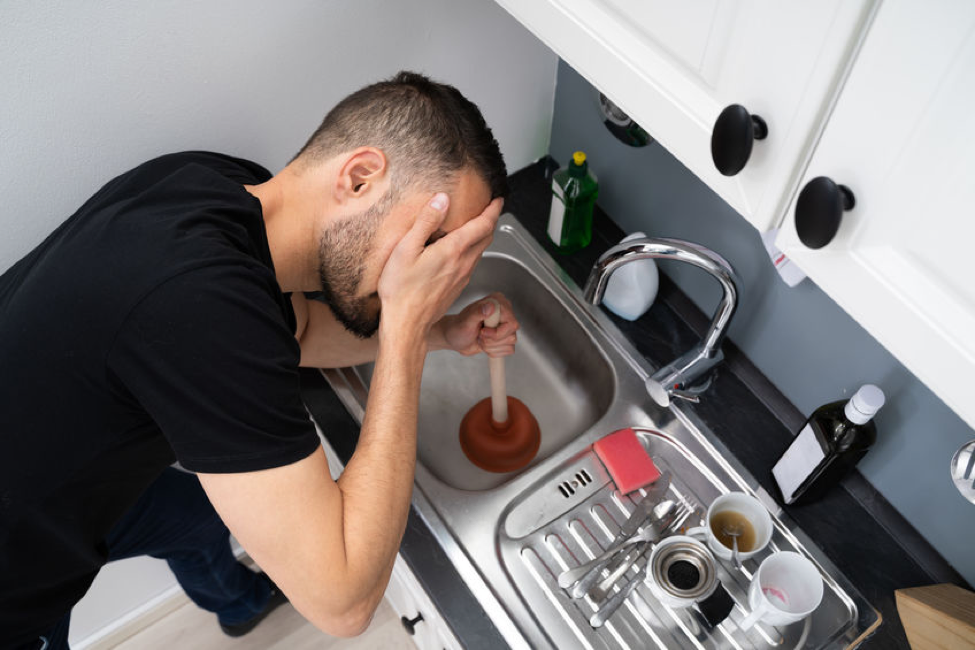 To prevent future clogs, it is important to regularly clean your garbage disposal. You can do this by pouring a mix of
ice cubes and rock salt
down the drain and then running the disposal. The ice and salt will help to clean the blades and remove any buildup of food particles.
To prevent future clogs, it is important to regularly clean your garbage disposal. You can do this by pouring a mix of
ice cubes and rock salt
down the drain and then running the disposal. The ice and salt will help to clean the blades and remove any buildup of food particles.
4. Know What Not to Put Down the Disposal
 Although a garbage disposal may seem like a magical appliance that can handle anything, there are certain items that should never be put down it. These include
coffee grounds, eggshells, pasta, and fibrous foods like celery and corn husks
. These items can get stuck in the blades and cause clogs.
Although a garbage disposal may seem like a magical appliance that can handle anything, there are certain items that should never be put down it. These include
coffee grounds, eggshells, pasta, and fibrous foods like celery and corn husks
. These items can get stuck in the blades and cause clogs.
5. Call a Professional
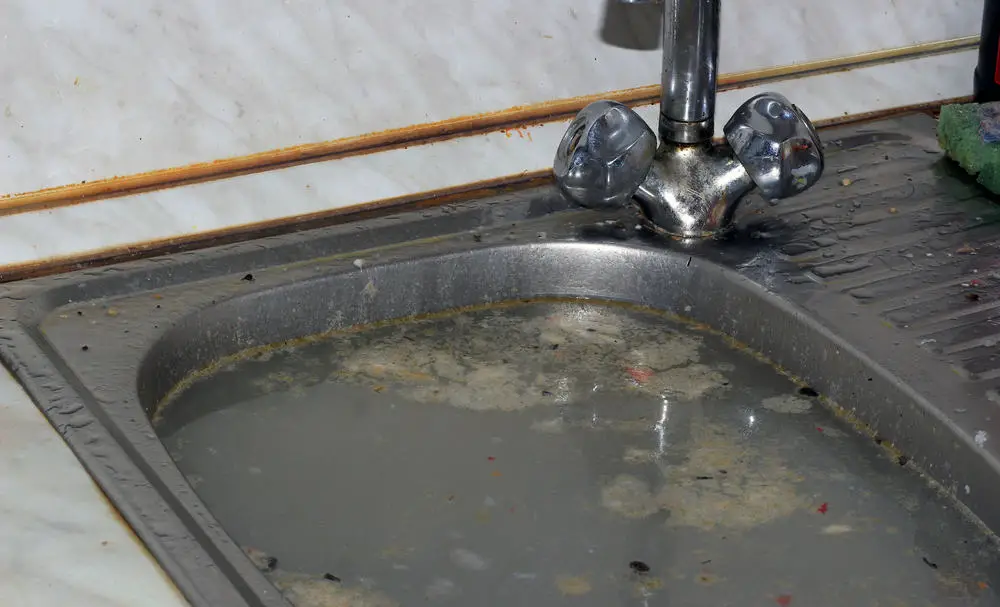 If you've tried all these tips and your kitchen sink is still clogged, it may be time to call a professional plumber. They have the knowledge and tools to properly unclog a stubborn sink and can also provide advice on how to prevent similar issues in the future.
By following these additional tips, you can
effectively unclog your kitchen sink with a disposal
and keep it running smoothly. Remember to always follow safety precautions when dealing with garbage disposals and never hesitate to call for professional help if needed. With a little maintenance and care, your kitchen sink and disposal will continue to serve you for years to come.
If you've tried all these tips and your kitchen sink is still clogged, it may be time to call a professional plumber. They have the knowledge and tools to properly unclog a stubborn sink and can also provide advice on how to prevent similar issues in the future.
By following these additional tips, you can
effectively unclog your kitchen sink with a disposal
and keep it running smoothly. Remember to always follow safety precautions when dealing with garbage disposals and never hesitate to call for professional help if needed. With a little maintenance and care, your kitchen sink and disposal will continue to serve you for years to come.




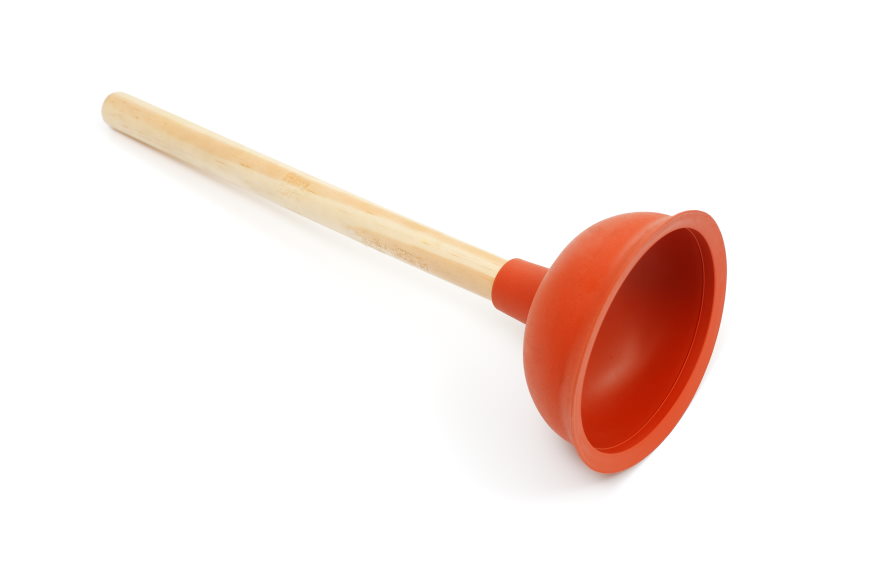
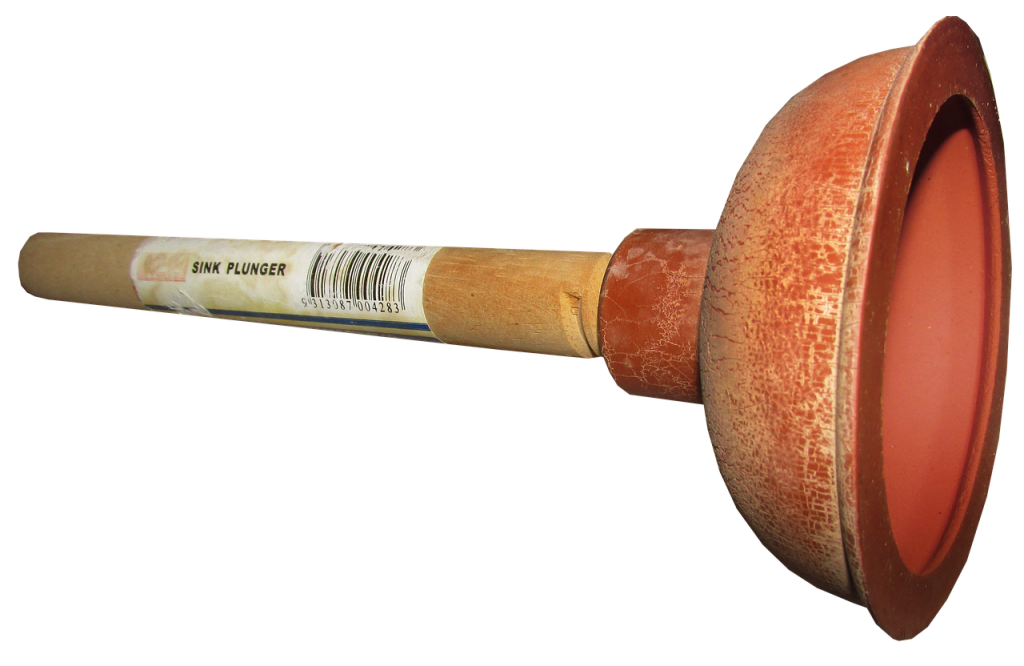





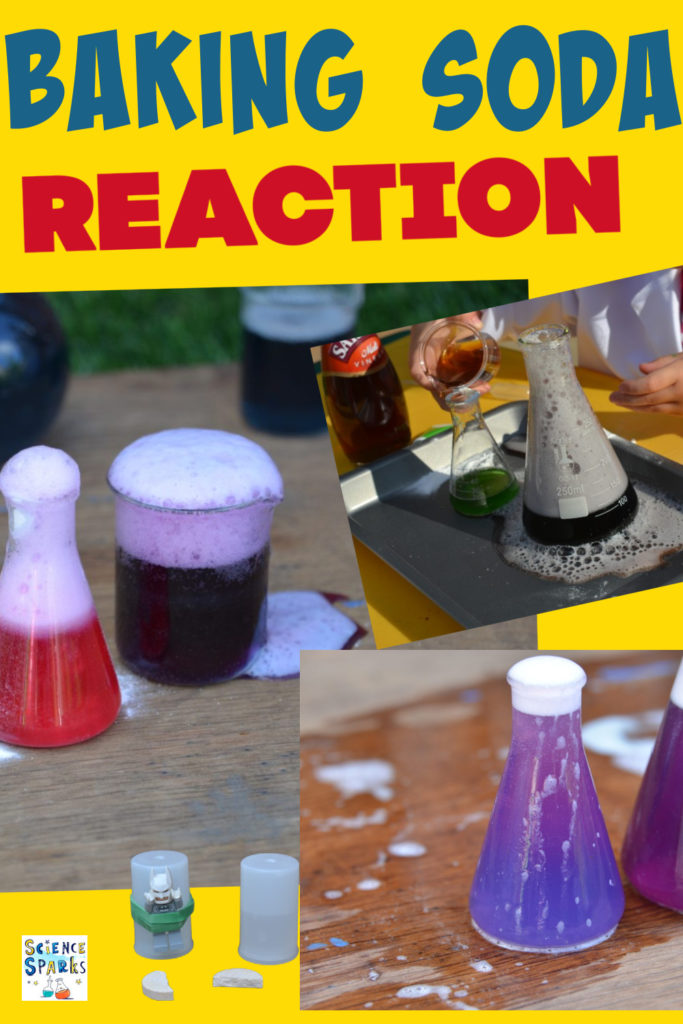



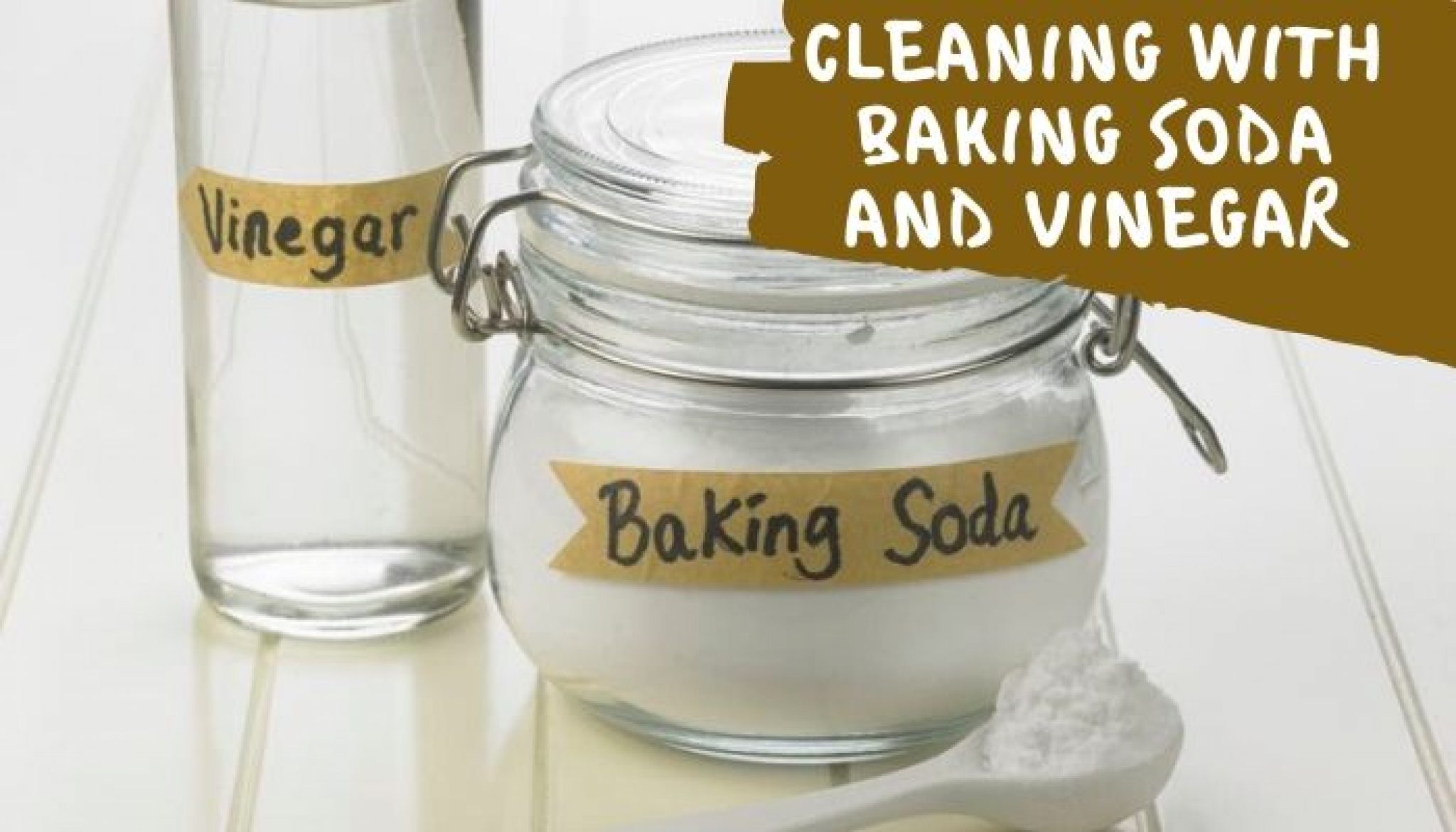


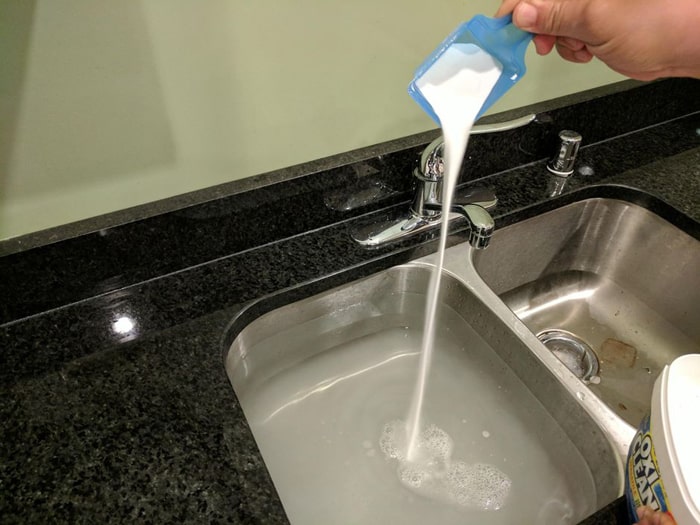











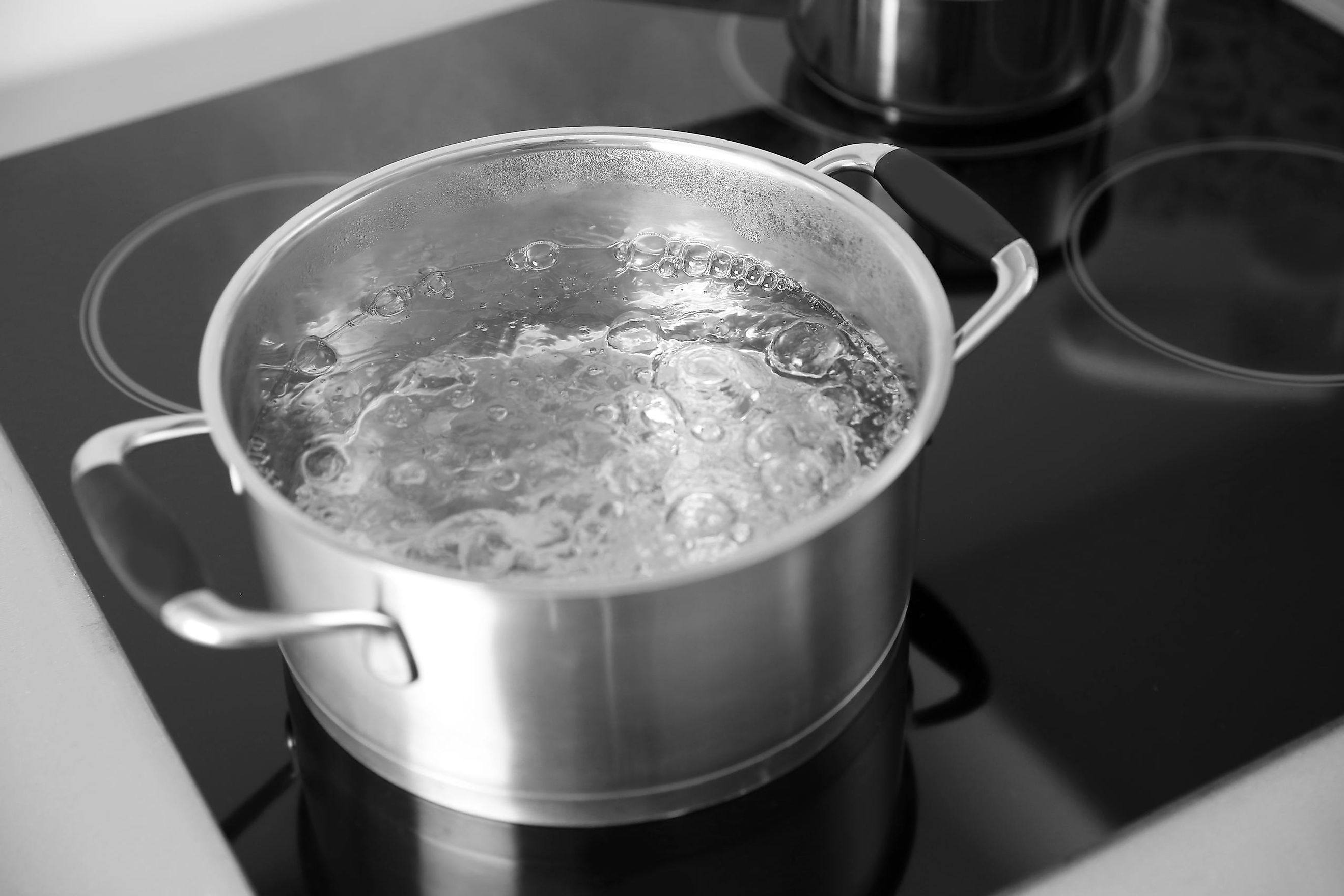



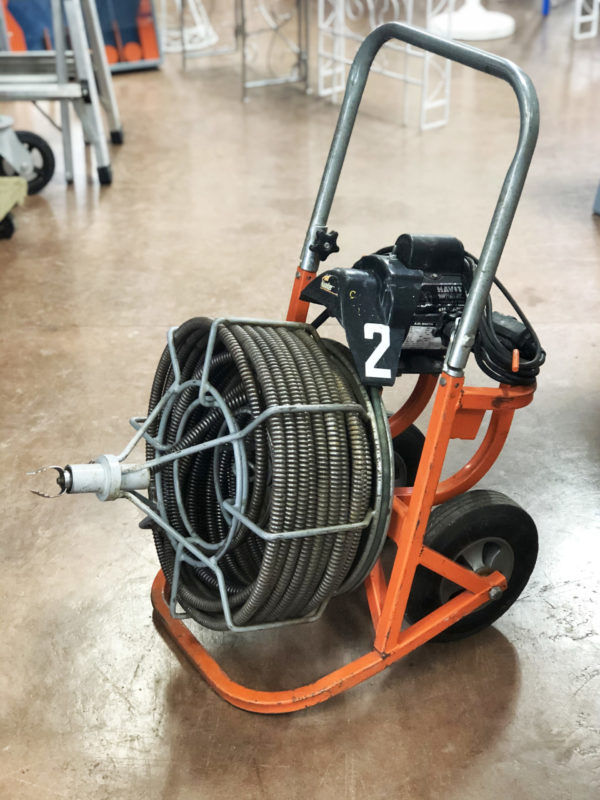

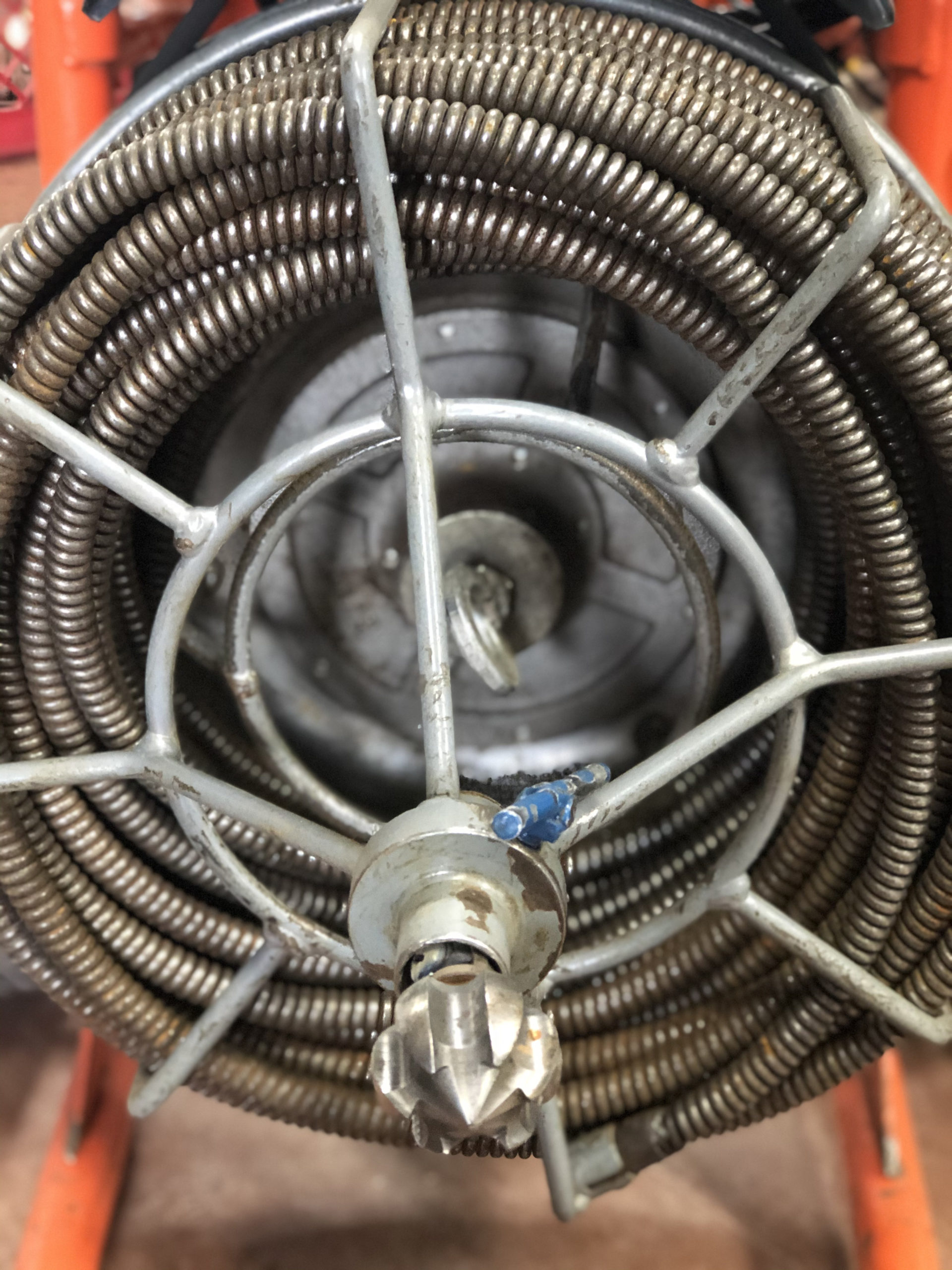


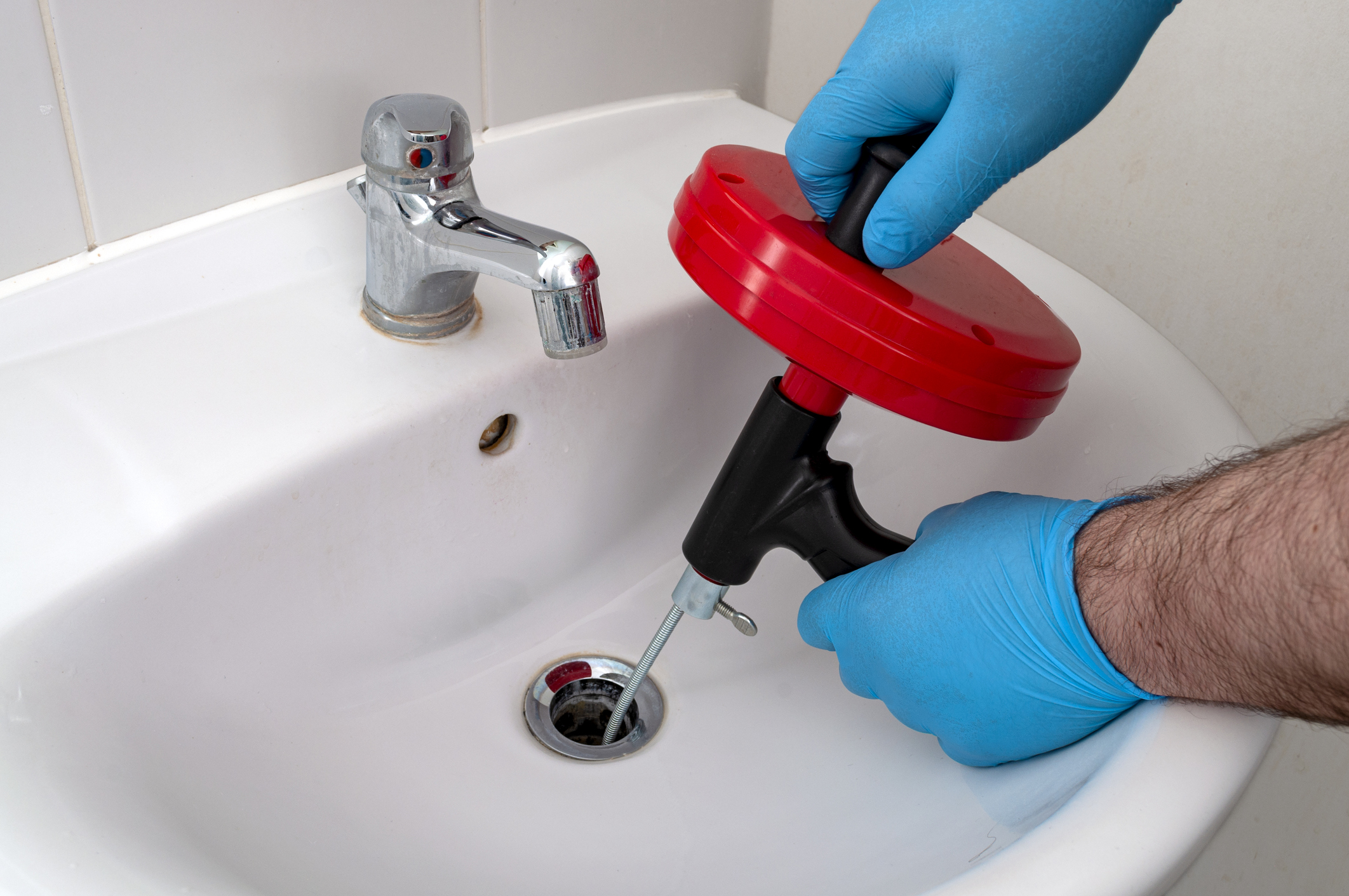
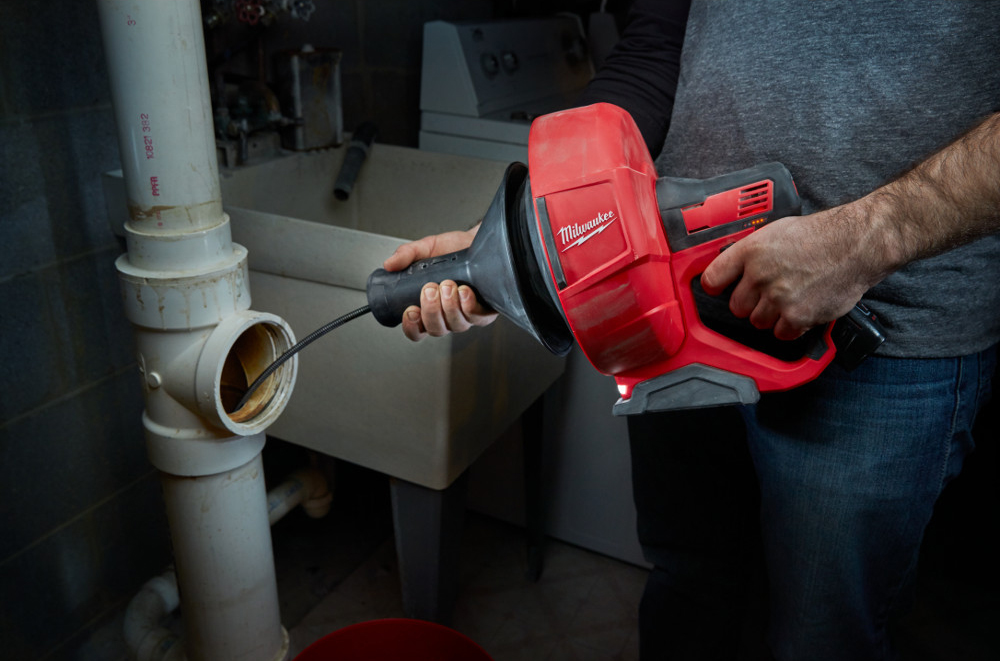
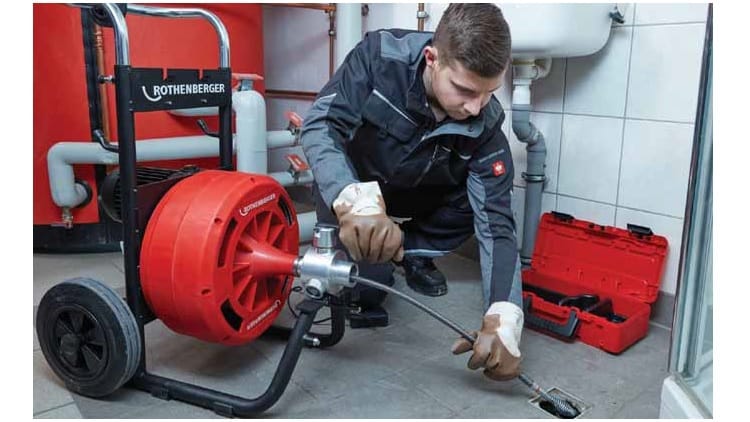
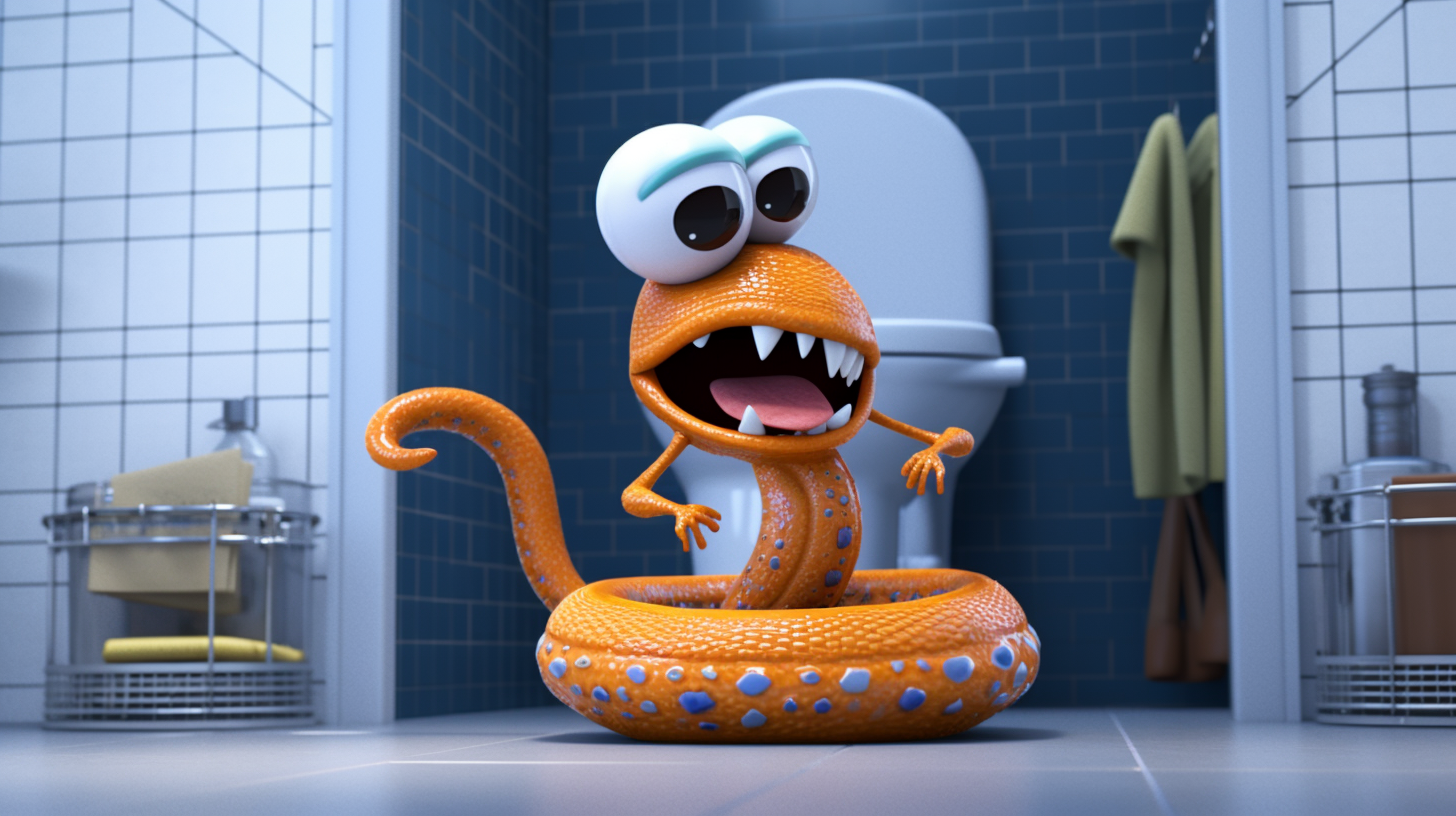





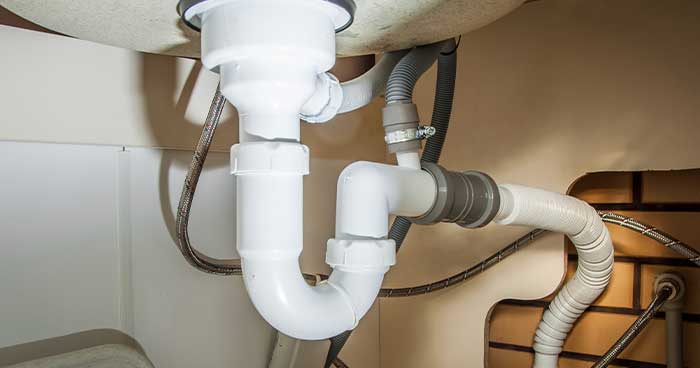
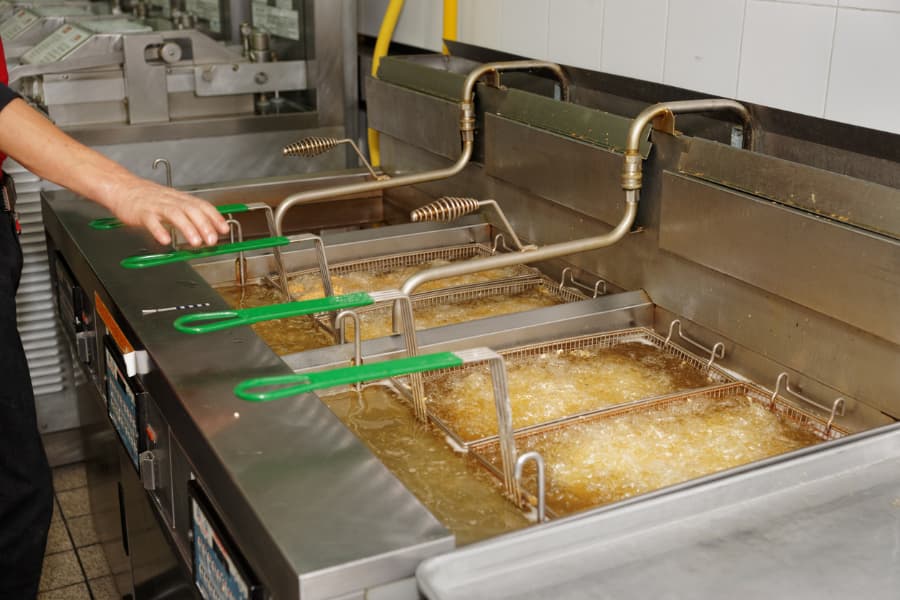


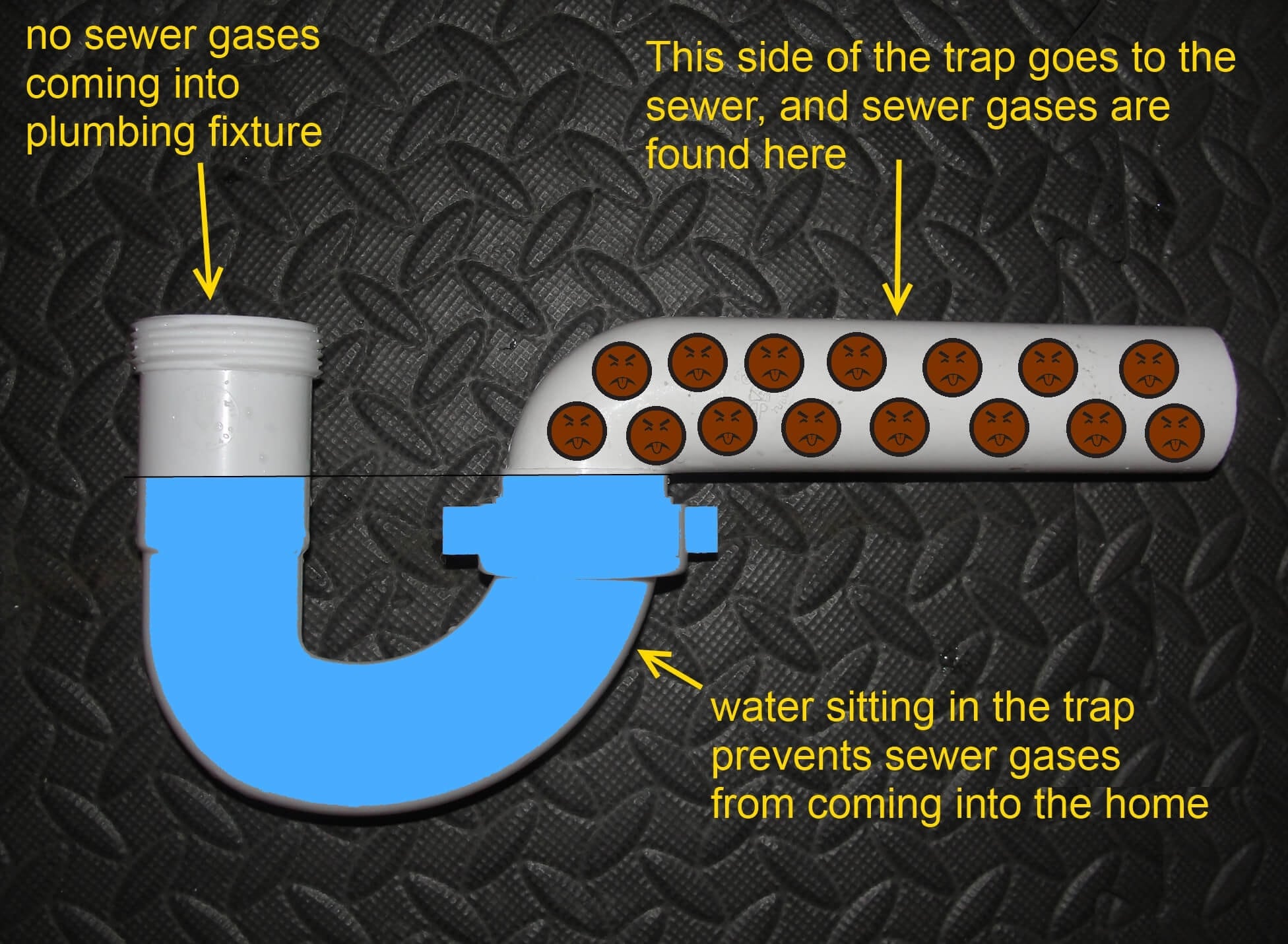






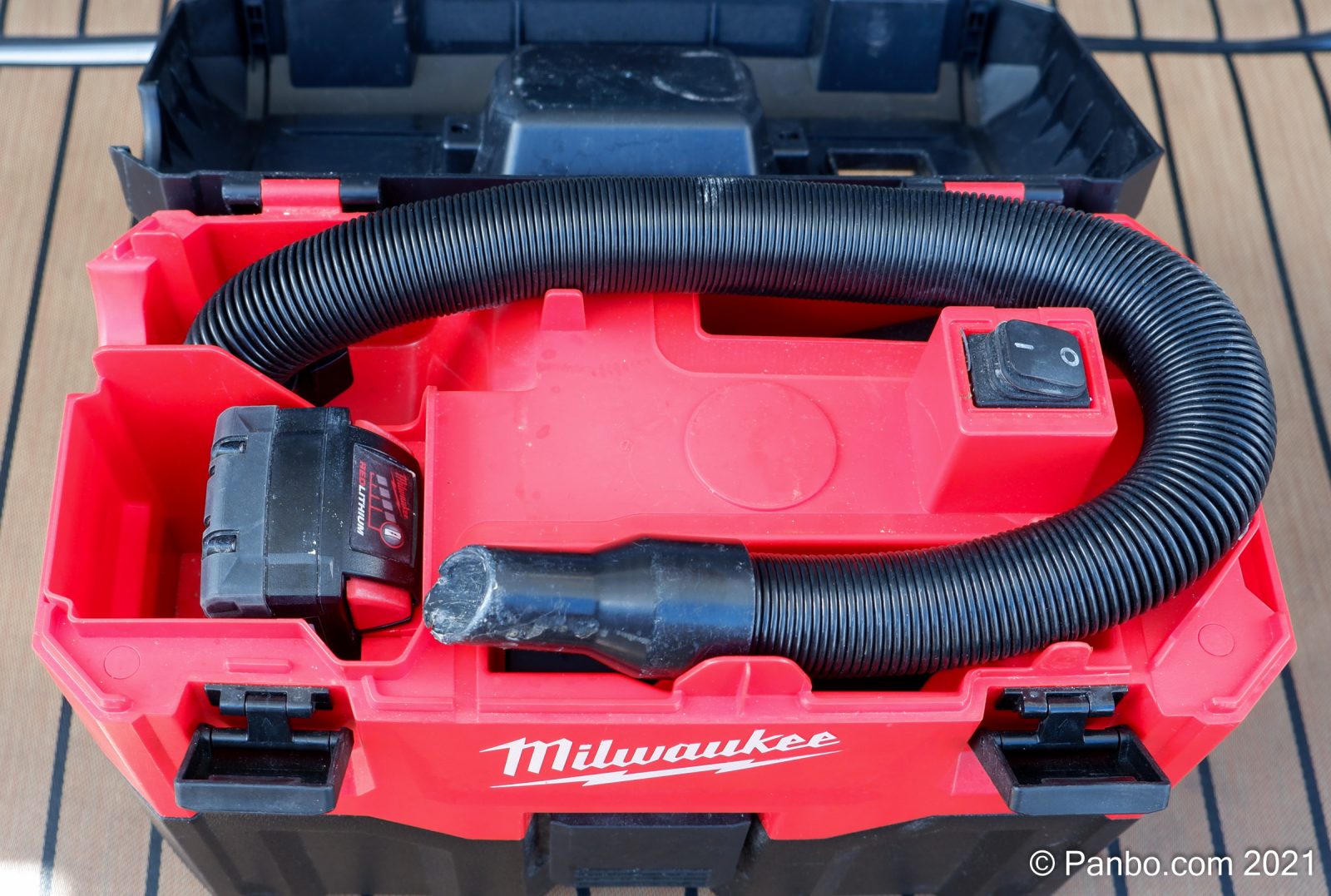










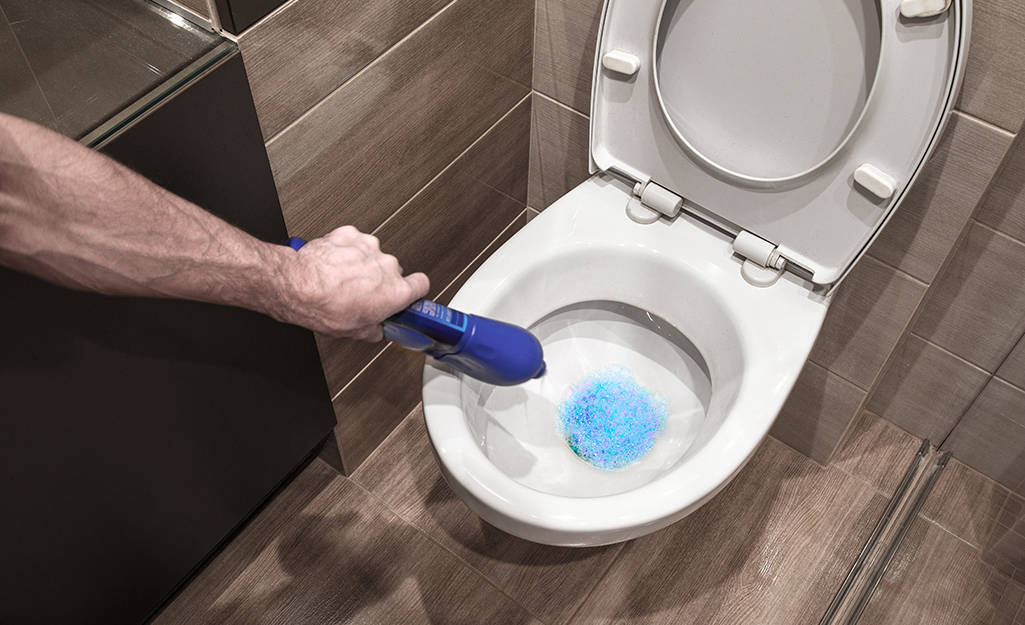
.jpg)


